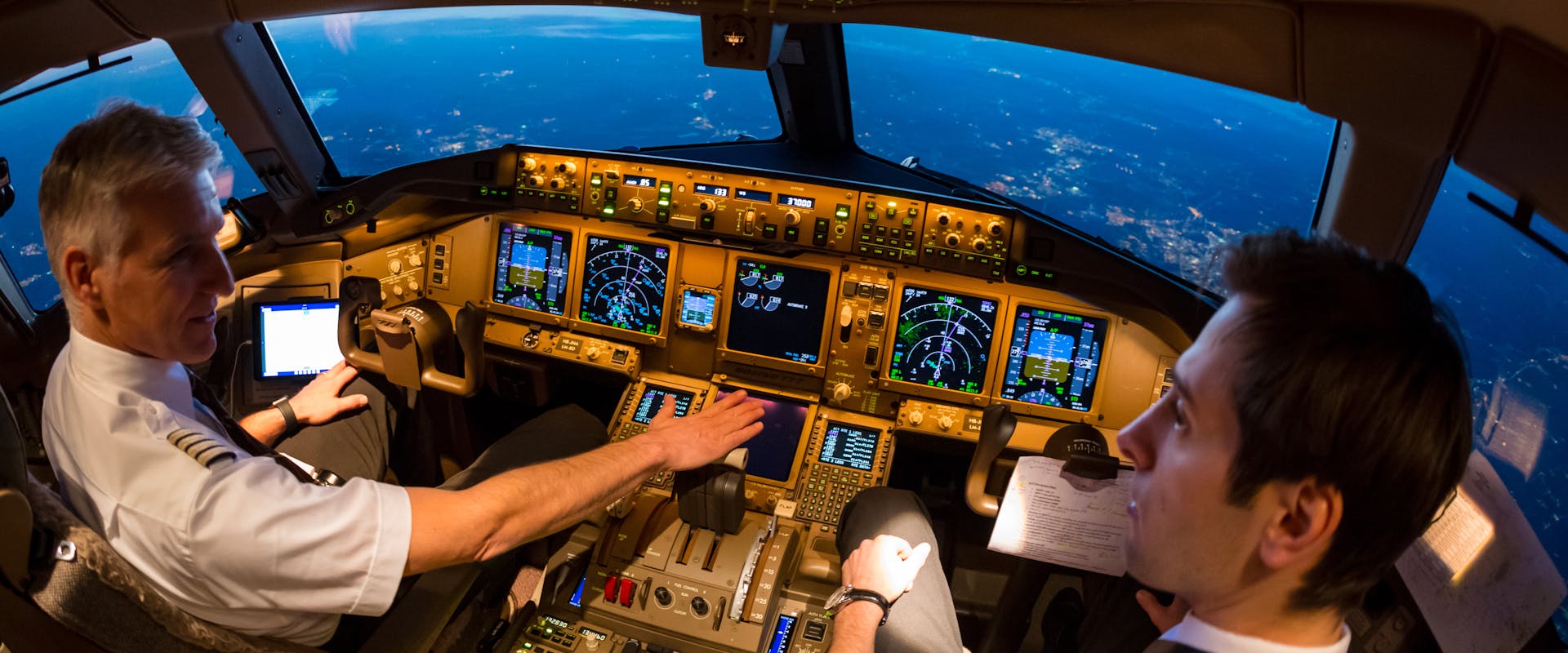
The PEGGASUS project has received funding from the Clean Sky 2 Joint Undertaking under the European Union’s Horizon 2020 research and innovation program under grant agreement No. 821461.
Led by CSEM, the PEGGASUS consortium is set to enable new types of human–machine interface (HMI) across cockpit avionics, pushing the boundaries of augmentation in the cockpit. Using the latest in artificial intelligence (AI) and computer vision technologies, this European-funded project will integrate—for the first time—remote eye-gaze tracking and gesture recognition for pilots in a single framework. Its purpose is to enhance human-machine interaction in the complex flight operations of today’s cockpits through pilot monitoring, for applications aiming to improve crew efficiency and pilot training, towards the development of new generation cockpits.


The PEGGASUS project has received funding from the Clean Sky 2 Joint Undertaking under the European Union’s Horizon 2020 research and innovation program under grant agreement No. 821461.